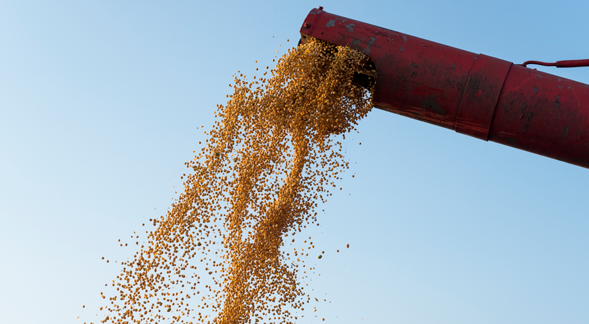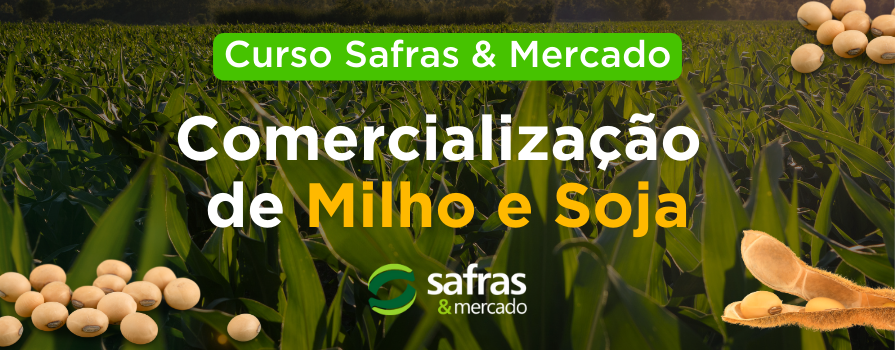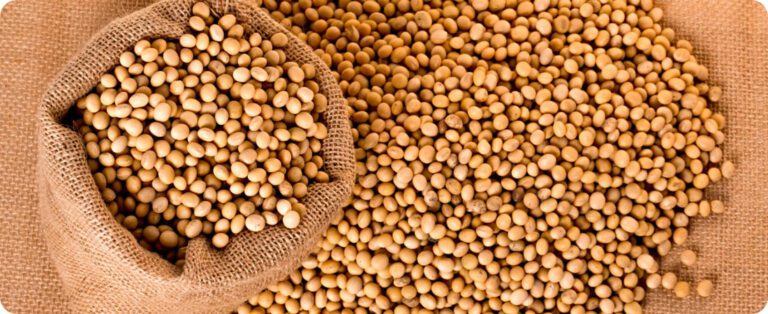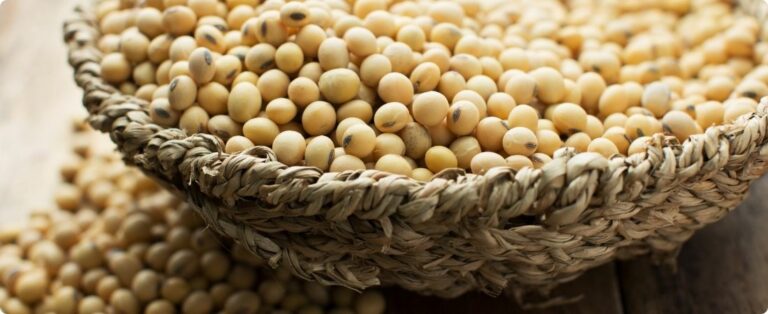
Image: Pixabay
Harvesting of mature crops resumed on June 11, and the harvest index reached 97% of the cultivated area. However, the harvested product had moisture levels above the ideal level. Crops planted at the end of January had a higher proportion of damaged and burnt grains. Producers continued to join and reserve corn seeds in the Troca-Troca program of the State Government of Rio Grande do Sul, coordinated by the STR and city governments.
Some cultivars are already sold out. In the Emater/RS Ascar region of Bagé, the harvest in the Campanha showed little progress, conditioned by the sequence of cloudy days and high relative humidity. Producers are waiting for a reduction in grain moisture, however, due to the long period in which the plants are in the field after maturation, the incidence of fungus on the ear increases. Some producers sought outsourced harvesting services, as few have specific platforms for corn, and harvesting with adapted soybean platforms results in large losses, requiring manual re-harvesting.
In Erechim, the harvest is complete. Producers have started planning for the next harvest and are expecting a 60% increase in production costs, with an estimated R$6.5 to R$7.0 thousand per hectare, spent on seeds, inputs and labor. In Soledade, despite the improvement in the weather over the weekend, the corn harvest remained suspended due to excess moisture in the grains. The occurrence of low temperatures and stable weather favored the health of the ears.
In the Santa Rosa region, 6% remain to be harvested. The occurrence of negative temperatures changed the fate of part of the second-crop crops, which were initially cultivated for grain production, but are currently being cut to make whole-plant silage.
{module Form RD}
Marketing (60 kg bag)
According to the weekly price survey carried out by Emater/RS-Ascar in the State, the price of a bag of corn fell by -0.40, from R$ 84.11 to R$ 83.77.
corn silage
There has been significant progress in the cutting of crops intended for silage, even in those cases that have not reached the ideal point of dry mass, since the formation of frost caused leaf burn, and keeping plants in the field would further reduce the quality of the ensiled material. The silage operation in the State is estimated to be completed.
The estimated productivity is 35 t/ha, representing a reduction of 35% in the initial projection. In the administrative region of Emater/RS-Ascar in Bagé, the ensiling of corn crops was completed in Campanha and in small farms in the Western Frontier, where late planting was carried out after the return of the rains. Despite the occasional records of damage caused by frost, productivity was significantly higher compared to crops from the first planting season – between September and November.
Quality was also better, with a grain ratio close to ideal. In Santa Rosa, there was an intense cutting operation, because, due to the occurrence of very low temperatures, the crops initially intended for grains were unable to complete the cycle without losses. This strategy allowed milk producers to compensate for the volumes lost or used during the dry season.
Per: AGROLINK















